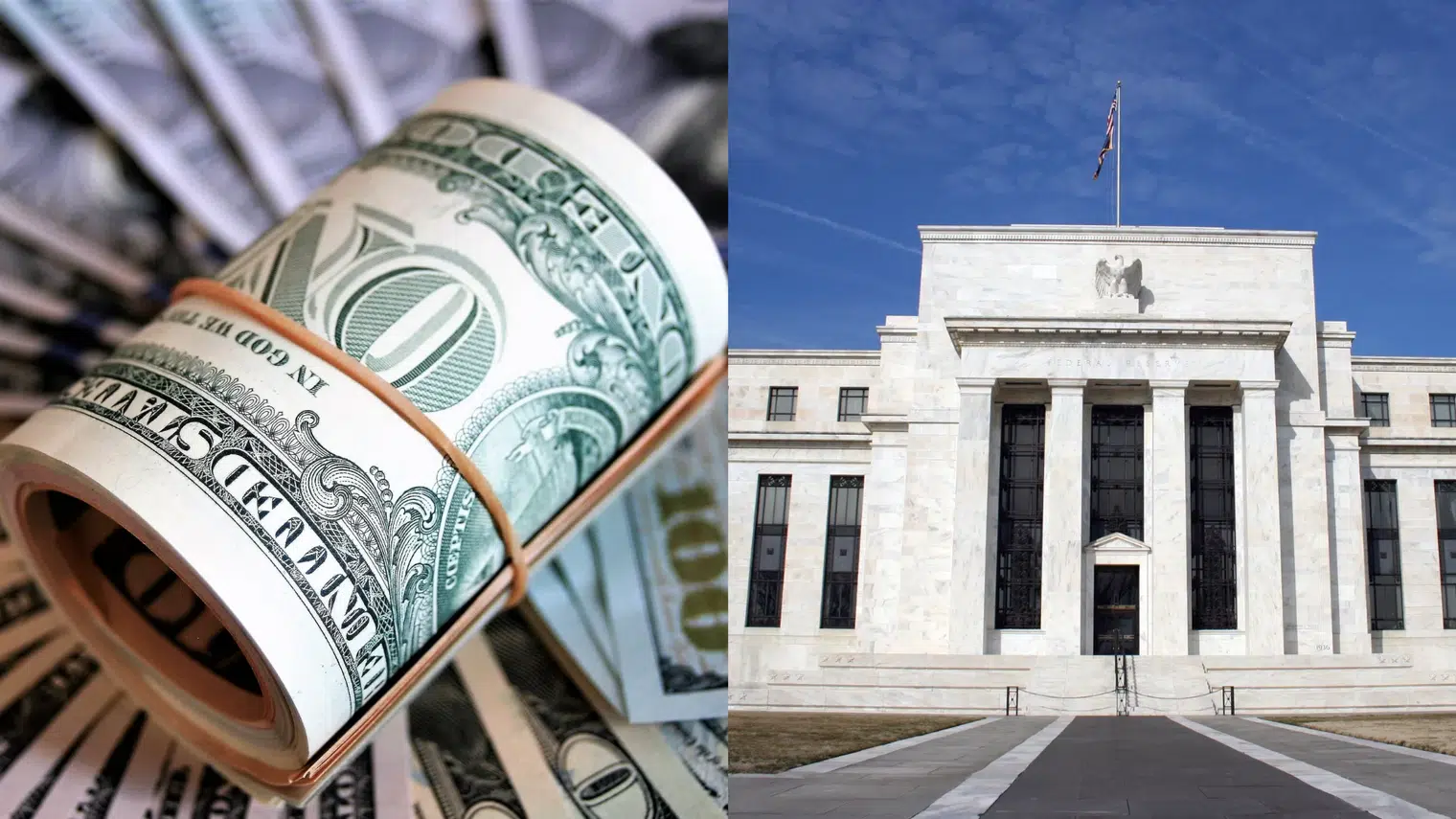Recent trading sessions have seen a weakening of the United States dollar as anticipation builds up in advance of a crucial meeting of the Federal Reserve, which is anticipated to result in a significant reduction in interest rates. Recent media reports and rising jobless claims in the United States have contributed to the growth of this sentiment, which has prompted traders to increase their wagers on a significant policy shift from the Federal Reserve.
The uncertainty that surrounds whether the Federal Reserve will choose to reduce interest rates by 25 or 50 basis points has kept investors on the lookout, which has resulted in the dollar’s value being diminished in comparison to other major currencies such as the euro and the yen.
Expectations of a Rate Cut Increasing in Urgency
Investors are becoming more and more convinced that the Federal Reserve will reduce interest rates significantly during the meeting that is scheduled to take place in the near future. The CME FedWatch tool indicates that the probability of a reduction of 50 basis points has increased to 43%, which is an increase from the previous day’s likelihood of 27%.
On the other hand, the probability of a reduction of 25 basis points is currently at 57%. This shift in expectations comes in the midst of mixed economic indicators in the United States, including an increase in the number of people filing for unemployment benefits, which has reinforced the view that a more aggressive phase of monetary easing is on the horizon.
Impact on Currencies Around the World
The recent decline in the value of the dollar has been beneficial to the performance of other major currencies. Following the recent decision made by the European Central Bank regarding interest rates, the euro experienced a slight increase and remained stable at $1.1083. Similarly, the yen increased by 0.3% to reach 141.38 per dollar, thereby maintaining its position close to a high that has been reached for multiple months. These shifts are a reflection of broader market anticipation of a change in monetary policy in the United States, which has the potential to redefine currency dynamics on a global scale.
The Federal Reserve’s Dual Mandate and the Mixed Economic Signals
Recent economic data from the United States has painted a complicated picture, with increasing unemployment claims despite the fact that layoffs have remained low and producer prices have increased more than was anticipated.
The difficulty that the Federal Reserve faces in achieving a balance between its dual mandate of promoting employment and controlling inflation is highlighted by the mixed signals that have been received. Analysts believe that even though a reduction in interest rates is likely, the Federal Reserve must proceed with caution in order to maintain economic stability over the long term.
Wider-Ranging Implications for the Economy
In the midst of markets bracing themselves for possible shifts in the United States monetary policy, the implications may extend beyond the realm of currency markets. A sizeable reduction in interest rates has the potential to stimulate economic activity; however, it also carries the risk of escalating inflationary pressures. At the same time that they are gathering for their own policy meetings, central banks all over the world, including the Bank of England and the Bank of Japan, will be closely monitoring these developments. This could influence the strategies that they employ in response to the actions taken by the Federal Reserve.
Looking Ahead: Finding Your Way Through Uncertainty in the Economy
As the Federal Reserve’s decision approaches, both investors and policymakers find themselves navigating an increasingly uncertain economic landscape. The anticipation surrounding the Fed’s meeting is palpable, as its outcome is expected to influence global financial markets in the coming months significantly. The central bank’s decisions on interest rates and monetary policy will be crucial in shaping economic expectations and strategies.
Investors are keenly aware that any changes in the Fed’s policy could have wide-ranging implications for asset prices, borrowing costs, and investment strategies. A decision to raise interest rates might signal confidence in the economy’s strength but could also lead to higher borrowing costs, potentially dampening consumer spending and business investment. Conversely, maintaining or lowering rates might support continued economic growth but could also stoke inflationary pressures.
Policymakers, on the other hand, must consider the broader economic implications of the Fed’s actions. They need to balance the goals of fostering economic growth, maintaining price stability, and ensuring financial stability. The Fed’s decision will likely serve as a barometer for economic health, influencing fiscal policies and regulatory measures.
In this shifting economic environment, strategic planning and adaptation become essential. Businesses and investors must remain agile, ready to adjust their strategies in response to changing economic conditions and policy directions. This might involve reassessing investment portfolios, exploring new markets, or implementing cost-saving measures to mitigate potential risks.
Overall, the Fed’s upcoming decision underscores the importance of vigilance and flexibility in navigating the complexities of the global economy. As markets brace for the outcome, the focus will be on how effectively investors and policymakers can adapt to the evolving economic landscape, ensuring resilience and sustained growth in the face of uncertainty.


